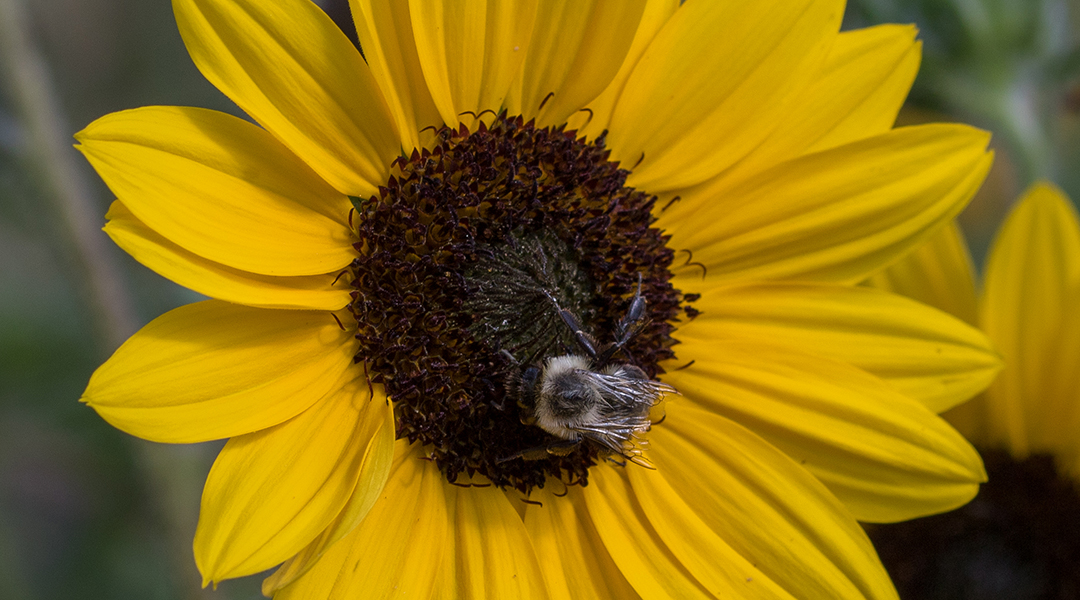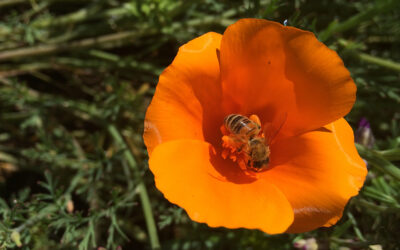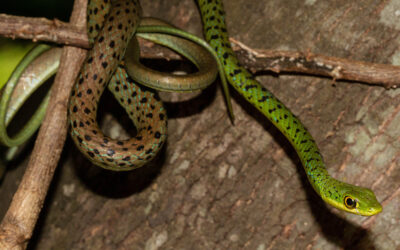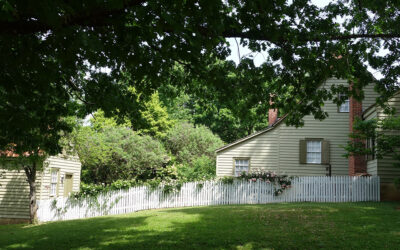Plants have a unique place in medicine, with known beneficial properties such as the ability to reduce pain or fight bacteria. Sunflower pollen, in particular, is known to be capable of suppressing intestinal infections in bumblebees.
In a study led by Laura Figueroa from the Department of Environmental Conservation at the University of Massachusetts, she and her team examined this phenomenon from a new perspective: it is normally thought that the medical properties of plants are related to the chemical compounds they are capable of producing, but they were able to show that this anti-pathogenic properties are not only to chemistry, but to the shape of of the sunflower’s pollen.
Spiny pollen
“Sunflower pollen has a unique physical structure that is very spiny, but it also has interesting chemistry,” explained Figueroa. “We wanted to figure out if it was the spiny structure of the pollen, its chemistry, or the combination, that yielded the medicinal effect, and found that the spines alone had the same antipathogenic effect as the whole pollen.”
The researchers wondered whether this capability might be present in other plant species in the same family as sunflowers, and whether the pathogen suppression depended on the length of the spines.
“Four of [the seven species of plants analyzed] also reduced Crithidia bombi infections in common eastern bumble bees,” said Figueroa. Pollen from plants outside this family were found to not have the same effect, and spine length does not seem to correlate with the ability to reduce infection.
However, the mechanism is still unclear and needs to be investigated. “It is possible that the spines are scraping off the pathogens or that the spiny pollen grains are doing something to the gut lining that makes it harder for the pathogens to attach themselves,” said Figueroa.
What seems clear is that this mechanism does not result from plant-pollinator co-evolution, but probably favors both the plant and the bumblebees.
“It is important to remember that plants are walking a fine line: they want to attract pollinators to move their pollen to other plants, but they don’t want the pollinators to eat all of their pollen,” explained Figueroa. “Spiny pollen is likely a defense against herbivores, making the pollen harder to digest. The fact that this pollen is medicinal is likely a by-product and not a co-evolved relationship between the bees and the plants.”
What is most striking is that the medicinal effect is not so much chemical as steric; that is, according to Figueroa: “It is the physical structure of sunflower pollen that reduces infection in the common bumblebee [and not the molecular components of the pollen].”
Helping wild bees
In future, the impact of other spiny pollen species on pollinator-pathogen dynamics could be assessed to help protect wild bees, which are becoming increasingly threatened by climate change.
“Flowers are a place where bees of different species can inadvertently and indirectly infect one another (think dirty doorknobs),” added Figueroa. “We are currently working to evaluate how sunflower pollen’s anti-pathogenic effects scale from the molecular level all the way to the landscape scale with funding from the National Science Foundation.”
“We want to know how the planting of different proportions of sunflower-family relatives in pollinator habitat influences pollinator health, including bee disease dynamics,” she continued. “We hope to have a more complete picture and more specific recommendations about what to plant for the health of bees.”
Reference: Laura L. Figueroa, et al., Sunflower spines and beyond: Mechanisms and breadth of pollen that reduce gut pathogen infection in the common eastern bumble bee, Functional Ecology (2023). DOI: 10.1111/1365-2435.14320
Feature image credit: Laura Figueroa

















